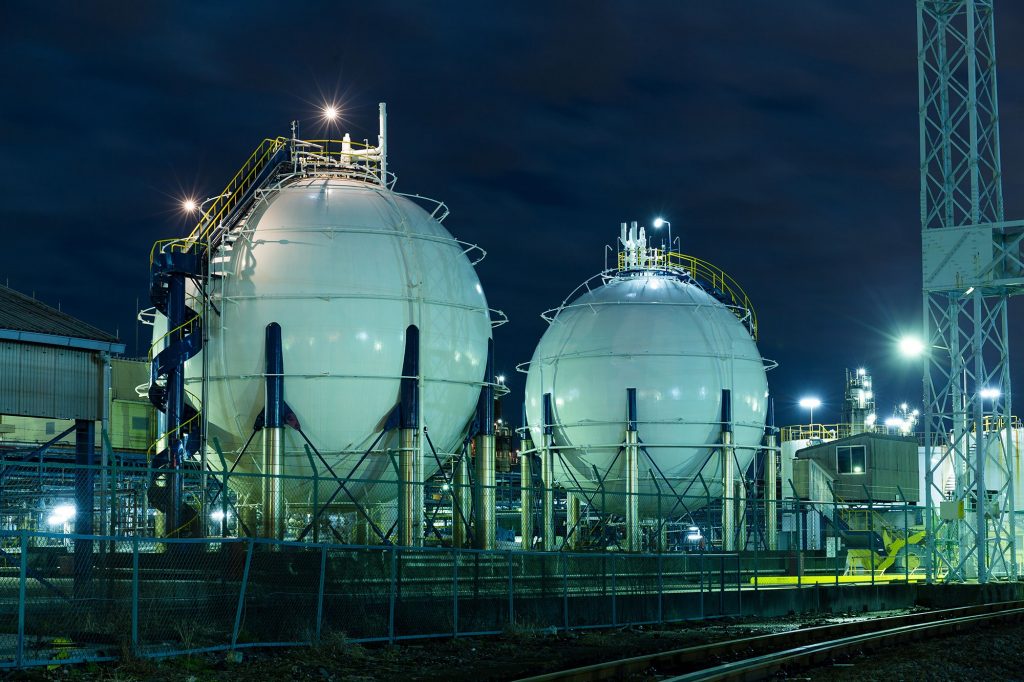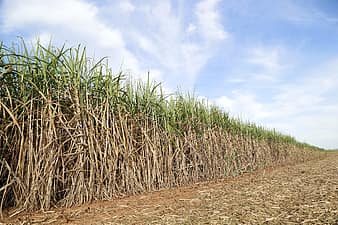How much methane does the oil and gas sector emit?
By Dr Jasmin Cooper
Research Associate, Sustainable Gas Institute
Methane is a major greenhouse gas and in recent year many companies in the oil and gas value chain have either joined initiatives or set ambitious targets in a bid to curb their emissions e.g. the oil and gas methane partnership (OGMP), the oil and gas climate initiative (OGCI) and methane intensity targets set by major oil and gas companies (GMI, 2020, OGCI, 2018, Shell, 2018, Xu et al., 2020). The quantification of emissions is undoubtably a key component of emission reduction strategies, but there is a high level of uncertainty in the emissions data globally. This is largely because, in comparison to carbon dioxide, there was a lack of interest until the second half of the 2010s when post the Paris Agreement, a spotlight was shone on short-lived climate forcers (e.g. methane, ozone, black carbon) and their role in reducing warming.

The global atmospheric concentration of methane has been increasing since preindustrial times and since the 1980s it has been rising rapidly (Dlugokencky, 2021). The International Energy Agency (IEA) reported in their Methane Tracker that oil and gas methane has been rising since the year 2000, with emissions peaking in 2019 (IEA, 2021b). The impacts of COVID-19 appear to have led to a drop in emissions, because of reductions in oil and gas demand because of slowdowns in industrial and economic activity. However, post COVID-19, it is imperative that 2019 remain the emissions peak if the sector is to contribute towards net-zero ambitions. This is because with methane being a potent greenhouse gas, reductions in emissions can lead to significant climate change and global warming benefits.
In the oil and gas sector, as well as in other sectors, methane emissions are quantified using one (or a combination) of three methods (National Academies of Sciences and Medicine, 2018): engineering calculations (including process modelling/simulation and using equipment specifications), emission factors (coefficient used to calculate emissions) and direct measurement. Out of these three, direct measurement is the most accurate for quantifying emissions and is also the only method which allows for the accounting and identification of emission sources. Data derived from direct measurement are also value inputs in emissions modelling via process simulation, as well as in updating or deriving emission factors. There is a broad spectrum of quantification technologies available, ranging from handheld devices, such as flow meters, to remote devices, such as observation stations and satellites. The measurement capabilities of these technologies also vary along the spectrum, from low level to extremely high emission rates and quick measurements to hours long measurement surveys.
However, quantifying emissions through direct measurement is expensive and time consuming. This, in combination with the lag in methane interest has results in a large proportion of global oil and gas related methane emissions being quantified using generic emission factor data. Major oil and gas countries such as the USA, Norway and Australia quantify their emissions using data derived from measurement campaigns, while others such as Egypt, Malaysia and Bolivia rely on default emission factors. Also, the sections of the oil and gas value chain (upstream, midstream and downstream) vary in how emissions are quantified. In countries which are major gas importers, such as Japan, Italy and Germany, emissions from the midstream and downstream activities are quantified using data derived from measurement surveys, while emissions from any upstream production and processing activities are quantified using either generic emission factors or country specific emission factors derived from expert estimates and industry reports.
Therefore, it is clear that actions need to be taken to homogenise the quality of both the emissions data and the emissions reporting, both between countries and within countries. The IEA launched in January 2021 their regulatory roadmap and toolkit (IEA, 2021a), which aims to provide guidance for policy makers who are looking to develop regulations to tackles their oil and gas methane emissions. A key step in this roadmap is developing an emissions profile.
For this step, accurate emissions data is needed, not just in magnitude of emissions and identifying all emission sources, but also in determining emission patters e.g., constant continuous, intermittent, episodic, inter-daily variable and intra-daily variable. These are important as they will directly impact any abatement measures and strategies developed, as well as any new regulations introduced to curb emissions. Hence, more efforts must be put into measuring emissions in all active oil and gas countries (both producers and consumers). The effectiveness of methane abatement measures will be hindered if the underlying emissions data is poor as either not enough or too many efforts could be put in, or efforts are not targeting the key emission sources.
References
Dlugokencky, E. 2021. Trends in atmospheric methane: Global CH4 monthly means [Online]. Boulder, CO, USA: National Oceanic and Atmospheric Administration/Global monitoring Laboratory (NOAA/GML). Available: https://www.esrl.noaa.gov/gmd/ccgg/trends_ch4/ [Accessed].
GMI. 2020. UNEP: Oil and Gas Methane Partnership Initiative to Manage Methane Emissions from Upstream Oil and Gas Operations [Online]. Global Methane Initiative (GMI). Available: https://globalmethane.org/challenge/ogmp.html [Accessed October 2020].
IEA. 2021a. Driving Down Methane Leaks from the Oil and Gas Industry, Paris, FR; International Energy Agency (IEA). Available:’ https://www.iea.org/reports/driving-down-methane-leaks-from-the-oil-and-gas-industry
IEA. 2021b. Methane Tracker 2021, Paris, FR; International Energy Agency (IEA). Available:’ https://www.iea.org/reports/methane-tracker-2021
National Academies of Sciences, E. & Medicine 2018. Improving Characterization of Anthropogenic Methane Emissions in the United States, Washington, DC, The National Academies Press.
OGCI. 2018. Oil and Gas Climate Initiative sets first collective methane target for member companies [Online]. New York, NY, USA: Oil and Gas Climate Initiative (OGCI). Available: https://oilandgasclimateinitiative.com/oil-and-gas-climate-initiative-sets-first-collective-methane-target-for-member-companies/ [Accessed June 2020].
Shell. 2018. Why shell has set a methane target [Online]. The Hague, NL: Royal Dutch Shell Available: https://www.shell.com/media/speeches-and-articles/2018/why-shell-has-set-a-methane-target.html [Accessed June 2020].
Xu, M., Aizhu, C. & Jacob-Phillips, S. 2020. China’s CNPC targets 50% slash in methane emission intensity by 2025. Reuters, 2 July 2020.
By Dr Jasmin Cooper
Research Associate, SGI

 1. Carbon Capture and Storage (CCS) context
1. Carbon Capture and Storage (CCS) context Author: Rumbi Nhunduru
Author: Rumbi Nhunduru
